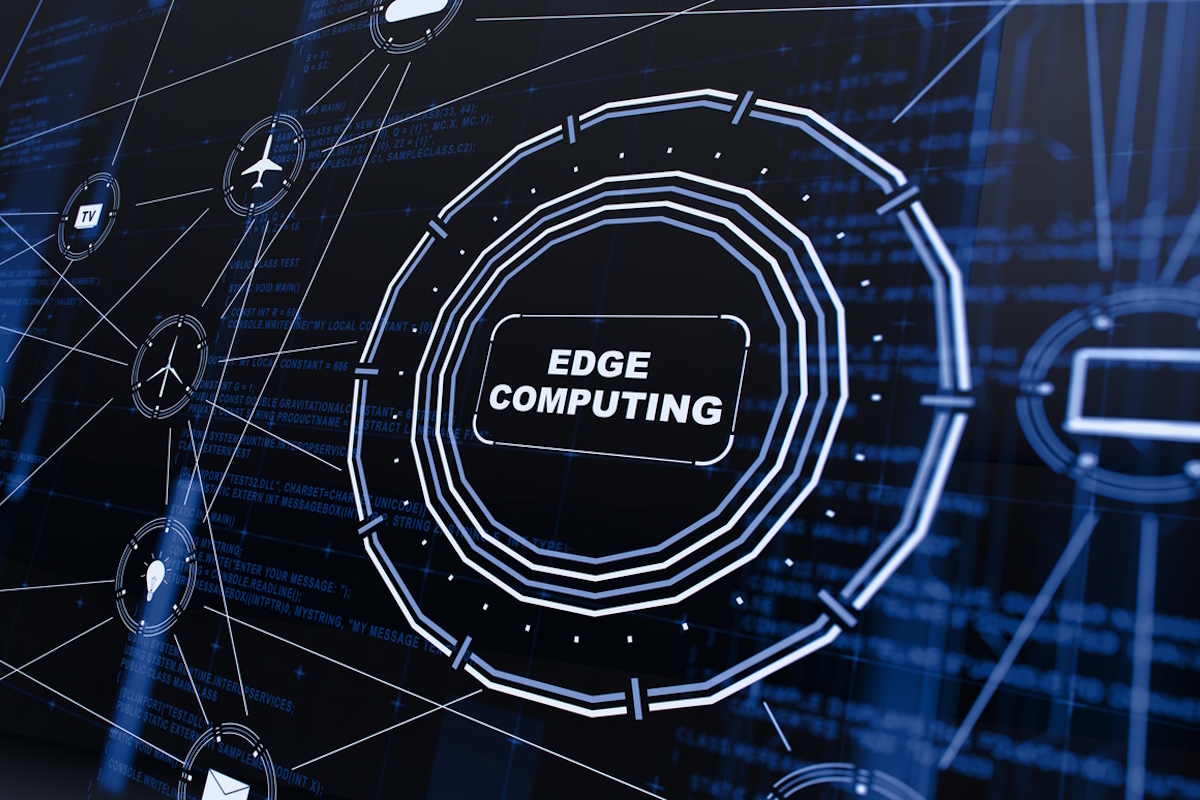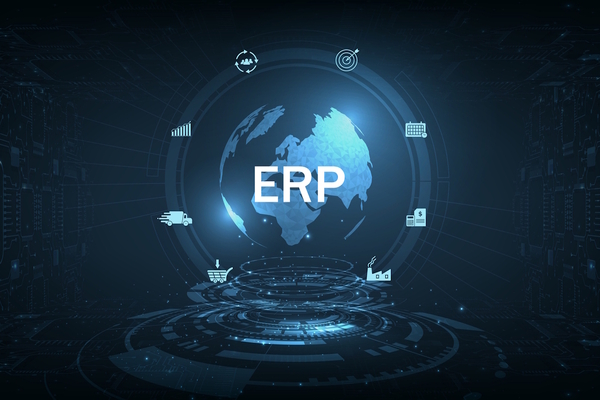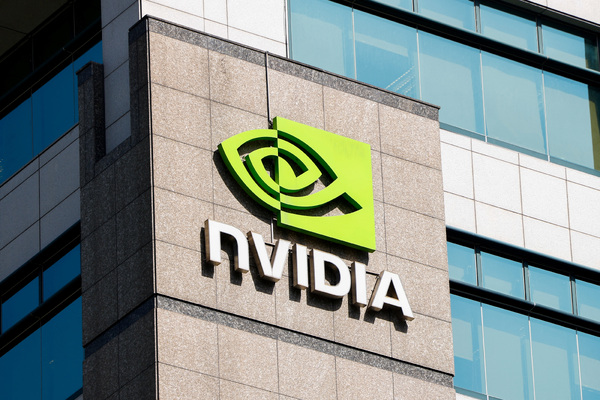Key considerations for enterprises on the edge

Bruce Kornfeld at StorMagic examines the implications of VMware’s new subscription-based model and considers hyperconverged infrastructure as an alternative
Today’s enterprises are highly adept at ensuring they get maximum bang for their buck when it comes to how and where they invest their technology budgets.
It’s one reason many enterprises first opted to move their workloads to the edge: so they could enable faster data processing, enhanced connectivity, more efficient processes, and greater data and cost controls. It has become critical for them to figure out how to deploy infrastructure on-site at their edge locations in a cost-effective way.
However, Broadcom’s acquisition of VMware and its transition to a mandatory subscription-based model as well as bundling of features unexpectedly disrupted the IT ecosystem. The cost of staying with VMware products has skyrocketed which causes a major problem for many in the industry.
Thanks to VMware’s new licensing bundles, enterprises now face a future that will see them burdened by high cost and recurring operational expenses and paying for platforms packed with features they don’t need.
As such, many users began looking to more cost-effective alternatives like hyperconverged infrastructure (HCI). Indications are that 2025 will see even more enterprises preparing to take this leap as their real-time data processing demands grow.
Edge computing: evaluating the benefits
Edge computing offers enterprises of all sizes a number of significant benefits. As a distributed computing model that brings data processing and analysis closer to the edge of the network where data is generated and consumed, edge computing delivers up several core advantages. These include enhanced reliability, cost optimisation, reduced latency, scalability, and agility.
By decentralising data processing and bringing it closer to the source – a retail point of sale, a factory, a hospital, or a remote service depot for example – companies are able to reduce their reliance on cloud services while accelerating data collection, processing, and analytics in a highly cost-effective way. All of this makes it possible to dynamically respond to changes in supply and demand, enable real-time tracking and monitoring operations, initiate automation, and engage in context-aware customer interactions.
For companies that previously depended on the VMware stack to build, connect, run, and manage their edge-native applications and support real-time workloads, finding a workable and low-cost edge alternative has become a pressing and mission-critical priority. Even more so now as many are pushing ahead with the deployment of innovative smart devices that require a high-performance remote infrastructure.
To address this need, a growing number of enterprises are choosing to make the transition to HCI.
HCI: a flexible and cost-effective alternative
Hyperconverged infrastructure (HCI) technology combines computing, networking, and storage resources into a single streamlined system that enables companies to run their crucial applications at individual sites and still retain a connection to the cloud as needed.
As a hyperconverged solution that unifies simplified hardware and software components into a single hardware appliance controlled by a software virtualisation layer, HCI represents a cost-effective and flexible alternative for companies’ edge users. It addresses many of the unique infrastructure challenges posed by edge sites, such as limited physical space and energy capacity and the need for real-time, reliable application performance.
Featuring a hypervisor to virtualise the server, plus virtual SAN and networking layers that share storage and network bandwidth across all virtual servers, HCI’s consolidated hardware approach enables companies to scale resources according to changing demands and infrastructure priorities without unnecessary upgrades.
By clustering resources, HCI minimises downtime while delivering the robust data protection that is all-important for sectors such as manufacturing, utilities, and healthcare. Plus, rather than bundled subscriptions, HCI enables companies to pay only for what they need and avoid overprovisioning. When requirements dictate, organisations can increase infrastructure resources without delay.
Making the transition: key considerations
In today’s fast evolving IT landscape, HCI and edge computing are enabling enterprises to transform how they manage and deploy IT resources in distributed environments. Compact, easy to scale and manage, and cost-efficient, HCI represents a good fit for edge environments where IT resources need to be deployed closer to data sources for faster response times.
By integrating HCI with edge computing, organisations can continue to harness the full potential of the edge in a highly efficient way. For those that are rethinking their infrastructure choices, exploring HCI alternatives makes sound sense.
When it comes to making the transition to other virtualisation platforms, however, there are a number of key considerations enterprises will need to keep in mind. Alongside understanding all technical dependencies and application requirements, organisations will need to ensure the new HCI solution they select is fully compatible with existing products and services currently being used for security, backups, automation, networking, monitoring, and more.
Backup in particular can prove a stumbling block for some organisations that currently enjoy agentless integration with VMware’s vSphere, as the backup software industry hasn’t quite caught up with the chaos created in the wake of the Broadcom/VMware market shake up. As a result, companies looking to transition to a replacement may need to revisit their backup strategy as direct agentless backup isn’t currently available for all alternative hypervisors.
To resolve this challenge, companies have two choices open to them. One option is to use the tried and tested agent-based approach that will work with any hypervisor, and all backup software providers have agents available that will deliver the same functionality as agentless. Another approach for organisations with small sites running on-site applications is to not use backup software and instead build a simple two-node high performance system with snapshot capability that can send mission-critical data to a cloud or data centre.
Navigating the future
For many enterprises, VMware’s high costs and licensing complexities following its acquisition by Broadcom represent a deal breaker that’s driving them to reassess their IT strategies. It has also triggered a significant shift in the HCI market. Throughout 2025, we will see a continued rise in demand for low-cost HCI solutions, as companies rethink their infrastructure choices in the face of hefty renewal fees, and increasingly inflexible terms following Broadcom’s takeover.
As companies consider their options, transitioning to HCI for edge environments offers a compelling pathway that addresses their cost, scalability, and reliability concerns. Providing the built-in high availability and performance that is needed, even in constrained edge environments, HCI solutions are set to play an increasingly high-profile role in the infrastructures of companies.
Bruce Kornfeld is Chief Product Officer at StorMagic
Main image courtesy of iStockPhoto.com and MF3d

Business Reporter Team
Most Viewed
Winston House, 3rd Floor, Units 306-309, 2-4 Dollis Park, London, N3 1HF
23-29 Hendon Lane, London, N3 1RT
020 8349 4363
© 2025, Lyonsdown Limited. Business Reporter® is a registered trademark of Lyonsdown Ltd. VAT registration number: 830519543





